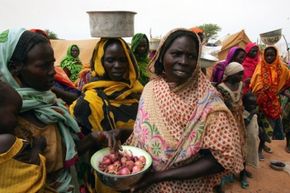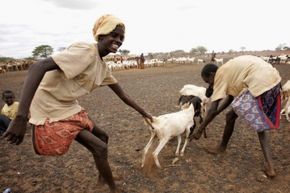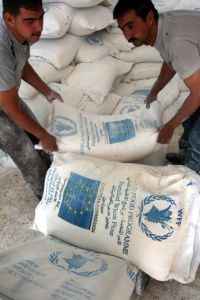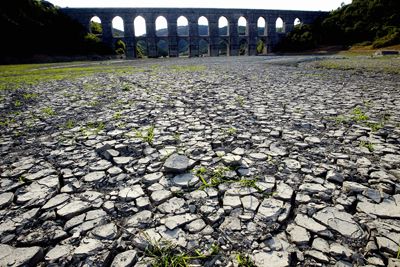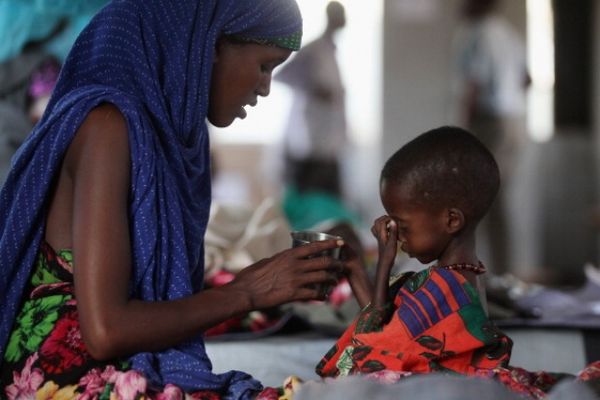The word famine carries powerful connotations. For people living in the modern developed world, it might bring to mind media coverage of emaciated, severely malnourished children living in Africa, their bellies swollen, their ribs protruding beneath spindly arms, their mournful expressions evident on tear-streaked dusty cheeks.
For those thinking historically, there's a good chance the word famine calls up episodes like the one that took place during China's Great Leap Forward between 1958 and 1961. A study commissioned by the Chinese government conducted in the mid-1980s figured the death toll of the Great Famine to be about 17 million. Since then, other independent sources have pored over archival evidence and put the number closer to 30 million, and perhaps as high as 35 or even 45 million [sources: New York Times, Financial Times]. Victims of the Great Famine died due to starvation and violence, and cases of torture and cannibalism were uncovered in the records.
Advertisement
It's unlikely a concentrated famine of such massive proportions could take place today, with global efforts to reduce instances of extreme food shortages and hunger, but the world's population is far from full in terms of food. It's hard to determine — and even harder to internalize — the numbers involved when talking about world hunger. In 2021, the Food and Agriculture Organization (FAO) estimated about 828 million people worldwide were affected by hunger [source: FAO].
But famine is worse than chronic hunger or malnutrition. While malnutrition can cause serious physical and mental health problems, famines are characterized by widespread fatalities, with little recourse except for what comes in the way of outside humanitarian relief efforts.
But first, how does a famine start?
Advertisement
